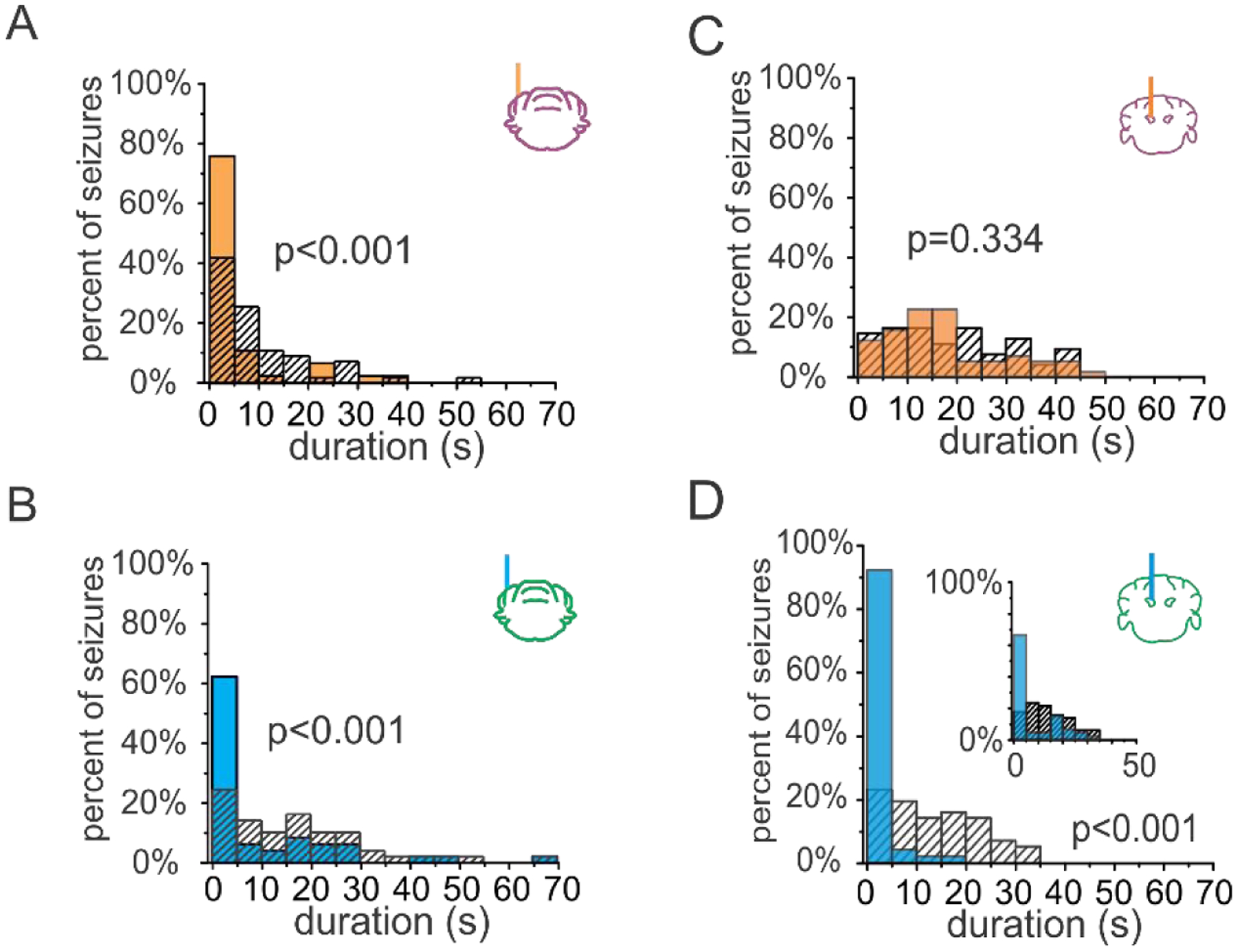Figure 2. Excitation or inhibition of the cerebellar cortex can attenuate hippocampal seizures, while excitation of the deep cerebellar nuclei is required for successful seizure intervention.

A-B) Example post-detection seizure durations for animals receiving three seconds of pulsed on-demand optogenetic intervention targeting the cerebellar cortex. Both on-demand inhibition (orange bars in A) and excitation (blue bars in B) of the cerebellar cortex robustly attenuate hippocampal seizures. Hashed bars: no light internal controls. C-D) Direction of modulation matters when instead targeting the cerebellar nuclei. C) Post-detection seizure durations for an example animal illustrating that on-demand inhibition of the fastigial nucleus fails to attenuate hippocampal seizures. D) Conversely, on-demand excitation of the fastigial nucleus robustly attenuates seizures. Even a single 50 msec pulse of blue light delivered to the fastigial nucleus is sufficient to reduce hippocampal seizure duration (inset, p < 0.01). P values from two sample Kolmogorov-Smirnov tests. Panels A-B reproduced and modified with permission from [50], panels C-D reproduced and modified with permission from [126]tr).
